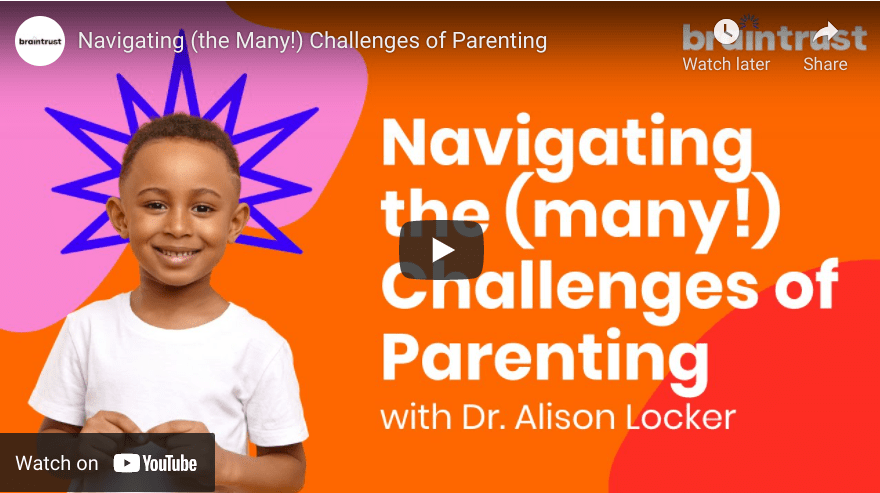While many learning challenges can be difficult to define, dysgraphia is especially tricky. That’s because at its core, dysgraphia is an issue with transcription that includes difficulty with handwriting, typing, and spelling; however, because these skills are closely related to so many facets of learning, dysgraphia is often hard to identify. If a child struggles with handwriting, is it because of a learning issue or does he just need more practice? If a student has a hard time writing an essay, is it because of dysgraphia or does she just need more support structuring her ideas?
It’s a fascinating topic, and one that Braintrust CEO and Co-Founder, Mara Koffmann, was lucky enough to discuss with Dr. Beth King of TREAT NYC, an expert in the field. Dr. King, a psychologist, highlights the many ways in which this learning difference presents itself, and the best resources and strategies for supporting children with dysgraphia.
Key Takeaways
- Dysgraphia is a low incidence learning difference, and it is not one that can be overcome. It impacts a combination of visual-spatial, verbal, and fine-motor skills. This complexity also means that dysgraphia tends to affect a lot of different areas of learning which makes it hard to diagnose.
- Dysgraphia is highly comorbid and often impacts those with dyslexia and/or ADHD.
- Dysgraphia can be considered a failure to develop automaticity with a range of skills, especially those related to writing. Relatedly, kids with dysgraphia struggle to develop fluency with letter formation which makes writing difficult. And because just about part of school requires writing, from note taking and in-class assignments to homework and test taking, dysgraphia can lead to generalized difficulties in school. For this reason, assistive technology is a crucial tool for those with dysgraphia. It allows students to focus on content rather than handwriting.
- Some warning signs of dysgraphia include:
- Significant discrepancies between a child’s verbal and written abilities
- Random use of capital letters in words
- Inconsistent spacing between words and letters
- Difficulty with alignment of letters on lined paper
- Knowledge of writing mechanics and spelling rules that does not translate to written work
- Complaints about hand discomfort when writing
- Important resources and supports for students with dysgraphia:
- Access to a keyboard for all written work. Younger students can learn to type on an Alphasmart, while older kids can use computers or tablets with an attached keyboard.
- Adaptive typing techniques rather than standard keyboarding skills. This is because students with dysgraphia struggle to achieve automaticity with fine-motor skills. Accordingly, it is better for them to be able to look at letters as they type using whichever finger is most comfortable. And it should be noted that adaptive keyboarding is preferable to speech-to-text technology. This is because speech-to-text can lead to a lot of inaccuracies and errors in writing. Plus, it cannot be used to take notes in the classroom, nor can it help with math or science.
- Co:Writer, which is a predictive typing resource
- MathPad and ModMath are incredible math resources to help students write and solve a wide range of problems on an iPad.
- Efofex is a free tool for students with disabilities to write, solve, and organize more advanced math and science work.




